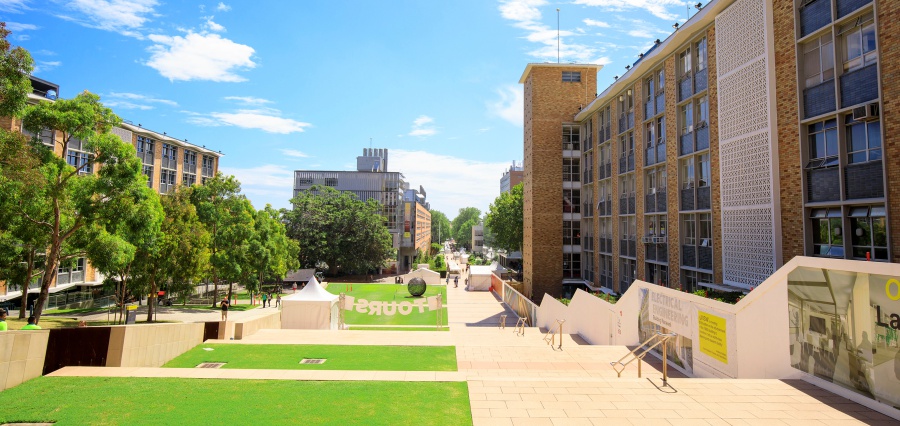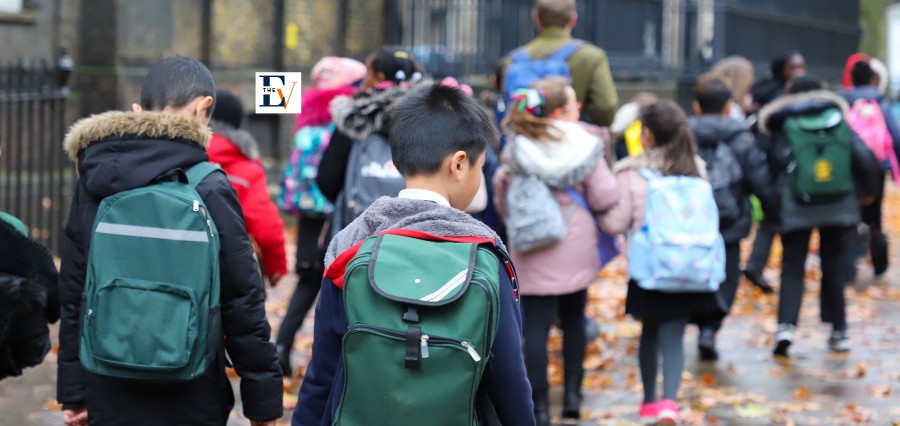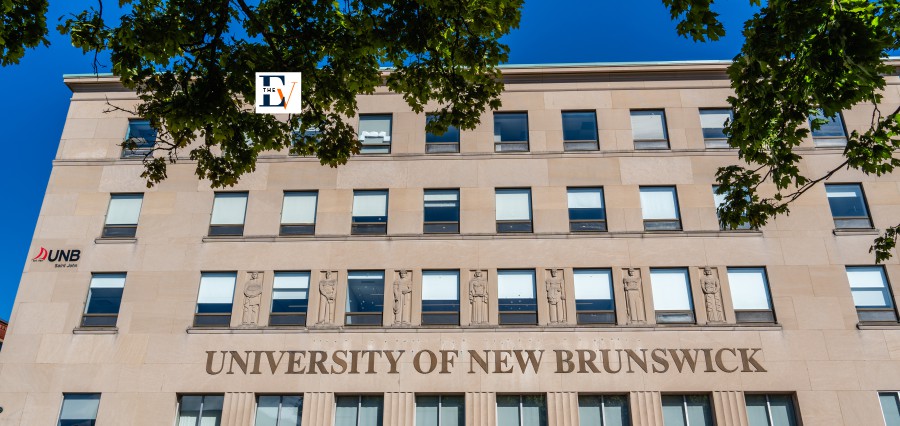A group of educators and advocates has recently proposed revisions to South Dakota’s Indigenous education framework, aiming to make it more accessible and usable for teachers throughout the state. The Oceti Sakowin Essential Understandings and Standards, which have been in development since 2008 and were officially adopted by the state in 2018, provide guidance for teaching about the region’s Indigenous cultures, emphasizing themes such as environment, identity, kinship, traditions, and sovereignty.
The framework is designed not only to teach students about Indigenous peoples but also to incorporate their perspectives and ways of knowing into the educational experience. Roberta Bizardie, a member of the Sicangu Lakota and superintendent of the Todd County School District, serves on the 2024 Revisioning and Reaffirming Team. She emphasized that the standards should permeate all aspects of a student’s day, rather than being confined to specific subjects like social studies or history.
“We want kids to understand that when you walk in the door, these teachings are integrated throughout your whole day,” Bizardie explained. “It’s about building up the identity of our students and ensuring they see themselves reflected in their education.”
According to a 2023 state survey, 62% of South Dakota educators reported using the standards, a 17% increase from 2021, though the overall response rate to the survey decreased. While the state does not mandate the implementation of these standards, the Todd County School District has policies in place to ensure their use.
Bizardie noted that while the current standards primarily focus on younger students, her goal is to establish grade-level expectations for K-12 students across Todd County. The proposed 2024 revisions do not alter the core understandings but aim to incorporate more Native language and make the lessons more accessible for both students and teachers.
“It was about refining the standards,” Bizardie added. “Whether you are Indigenous or non-Indigenous, the goal is for any teacher to look at this document and confidently say, ‘I can do this.'”
Read More: https://theeducationview.com/






